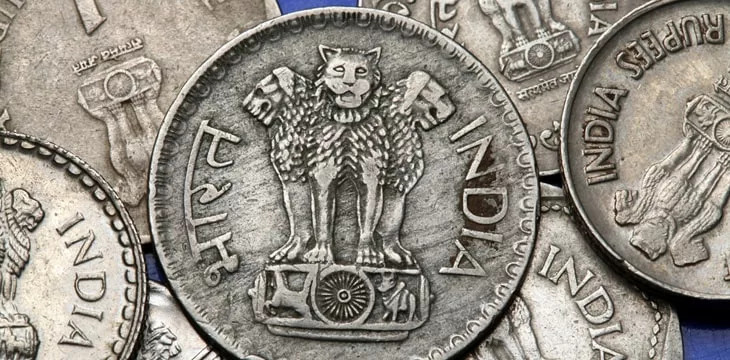|
Getting your Trinity Audio player ready...
|
The Reserve Bank of India (RBI) plans to make its central bank digital currency (CBDC) accessible to more retail users by including non-bank payment system operators to offer CBDC wallets. The move is expected to test how resilient India’s CBDC platform is in handling multi-channel transactions.
The CBDC pilots are currently operating with increasing use cases and participating banks.
A CBDC is a digital form of currency notes issued by the country’s central bank. As many as 130 countries, representing 98% of the global gross domestic product (GDP), are exploring
a CBDC.
“CBDC pilots in the retail and wholesale segments are underway with more use-cases and more participating banks. Continuing with this approach, it is proposed to make CBDC-retail accessible to a broader segment of users in a sustained manner, by enabling non-bank payment system operators to offer CBDC wallet,” RBI said in a statement on developmental and regulatory policies.
“This is expected to enhance access and expand choices available to users apart from testing the resiliency of the CBDC platform to handle multi-channel transactions. Necessary changes will be made to the system to facilitate this,” the statement said.
The RBI started its first digital rupee pilot in the wholesale segment on November 1, 2022, while the retail digital rupee pilot began on December 1, 2022. India has about 4.3 million retail users of CBDC. An additional 400,000 merchants are also using the e-rupee.
The central bank identified eight banks for phase-wise participation in the retail pilot. The first phase began with four banks—State Bank of India, ICICI Bank (NASDAQ: IBN), Yes Bank, and IDFC First Bank—in four cities nationwide. Four more banks—Bank of Baroda, Union Bank of India, HDFC Bank (NASDAQ: HDB), and Kotak Mahindra Bank—joined the pilot subsequently.
In February, the RBI said it is looking to enable additional functionalities of programmability and offline capability in CBDC retail payments. While programmability is expected to facilitate transactions for specific and targeted purposes, offline functionality will enable transactions in areas with poor or limited internet connectivity.
The central bank has also started discussions with the Hong Kong Monetary Authority (HKMA), the U.S. Federal Reserve, and the international payment platform SWIFT to explore cross-border payments for CBDCs.
The RBI is also looking to introduce the digital rupee in the call money market and plans to use CBDCs as tokens for call money settlement.
To learn more about central bank digital currencies and some of the design decisions that need to be considered when creating and launching it, read nChain’s CBDC playbook.
Watch: Blockchain provides perfect foundation for CBDC

 07-05-2025
07-05-2025 





